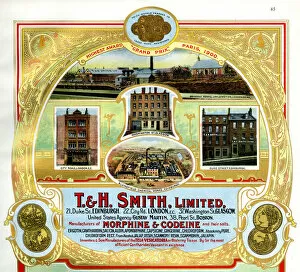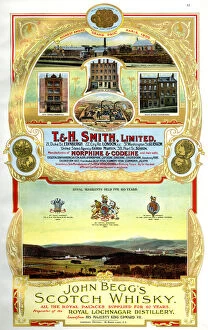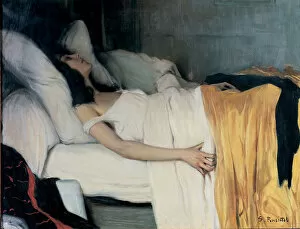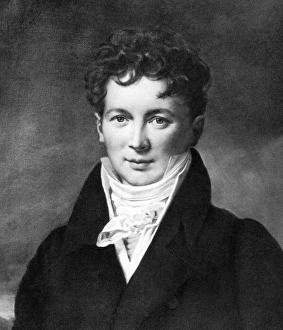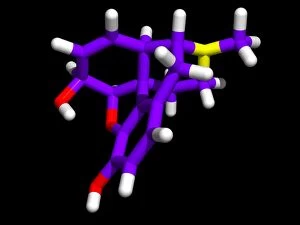Morphine Collection
"Morphine: Unveiling the Dark Side of Opium Poppy" Dried opium poppies have long been associated with the production of morphine
All Professionally Made to Order for Quick Shipping
"Morphine: Unveiling the Dark Side of Opium Poppy" Dried opium poppies have long been associated with the production of morphine, a powerful painkiller derived from these captivating flowers. The drug molecule, diamorphine hydrochloride C018/1170, has brought both relief and addiction to countless individuals throughout history. In an intriguing black and white photograph, we witness a man smoking from Haschish in Aden, Yemen. This image serves as a haunting reminder of the allure and dangers that substances like they are hold. Traveling back in time through an engraving depicting an opium den in China, we glimpse into the shadowy underworld where this potent drug once thrived. Lithographs portraying a cocaine addict further highlight the devastating consequences that substance abuse can inflict on individuals. Contrasting this darkness is a handcoloured stipple copperplate engraving showcasing the beauty of the opium poppy itself - its vibrant flower, delicate leaf, and seedpod. Illustrated by Pierre Jean-Francois Turpin from Chaumeton's work, it captures nature's artistry intertwined with mankind's fascination for mind-altering substances. A vivid lithograph from early 20th century displays another facet of addiction - capturing a drug addict injecting herself with morphine. The colors used emphasize both her vulnerability and society's struggle to comprehend and address such afflictions. An advertisement by T & H Smith Limited based in Edinburgh and Glasgow reminds us that even reputable companies were involved in distributing products related to opiates like morphine. It sheds light on how deeply entrenched these drugs were within society during certain periods. The opium poppy itself takes center stage once more - be it Papaver somniferum or its variations such as horned or white opium poppies. These images serve as reminders that behind their alluring appearance lies immense power capable of healing or destroying lives depending on its usage.



